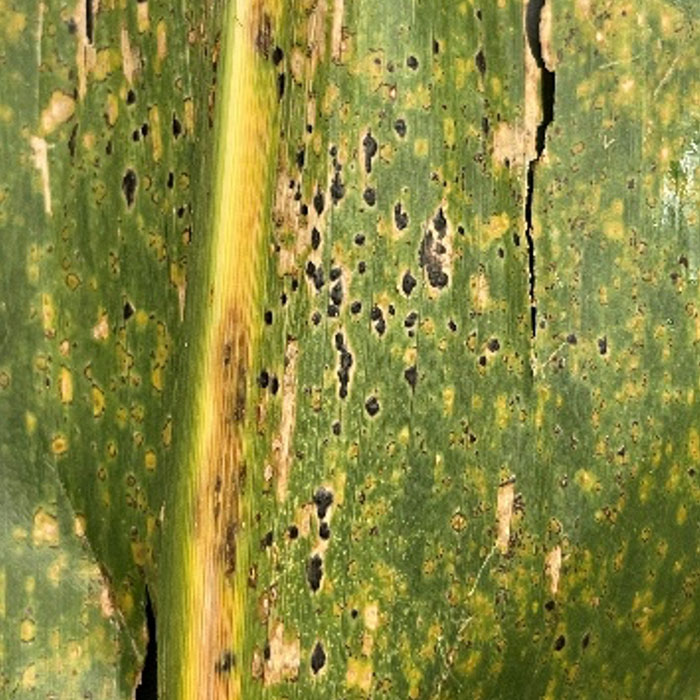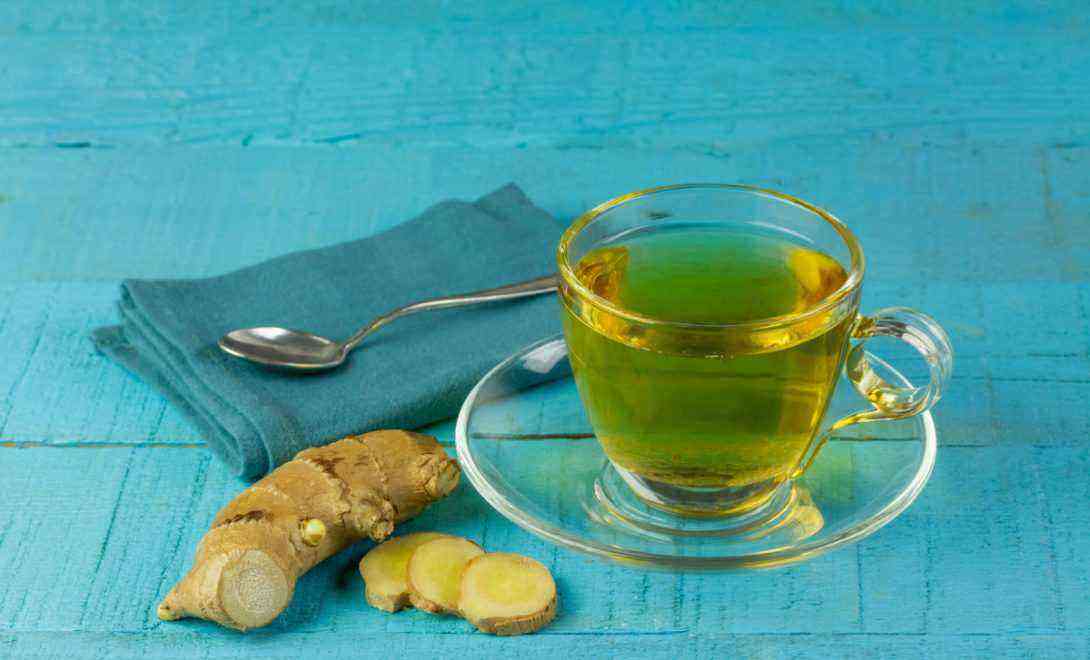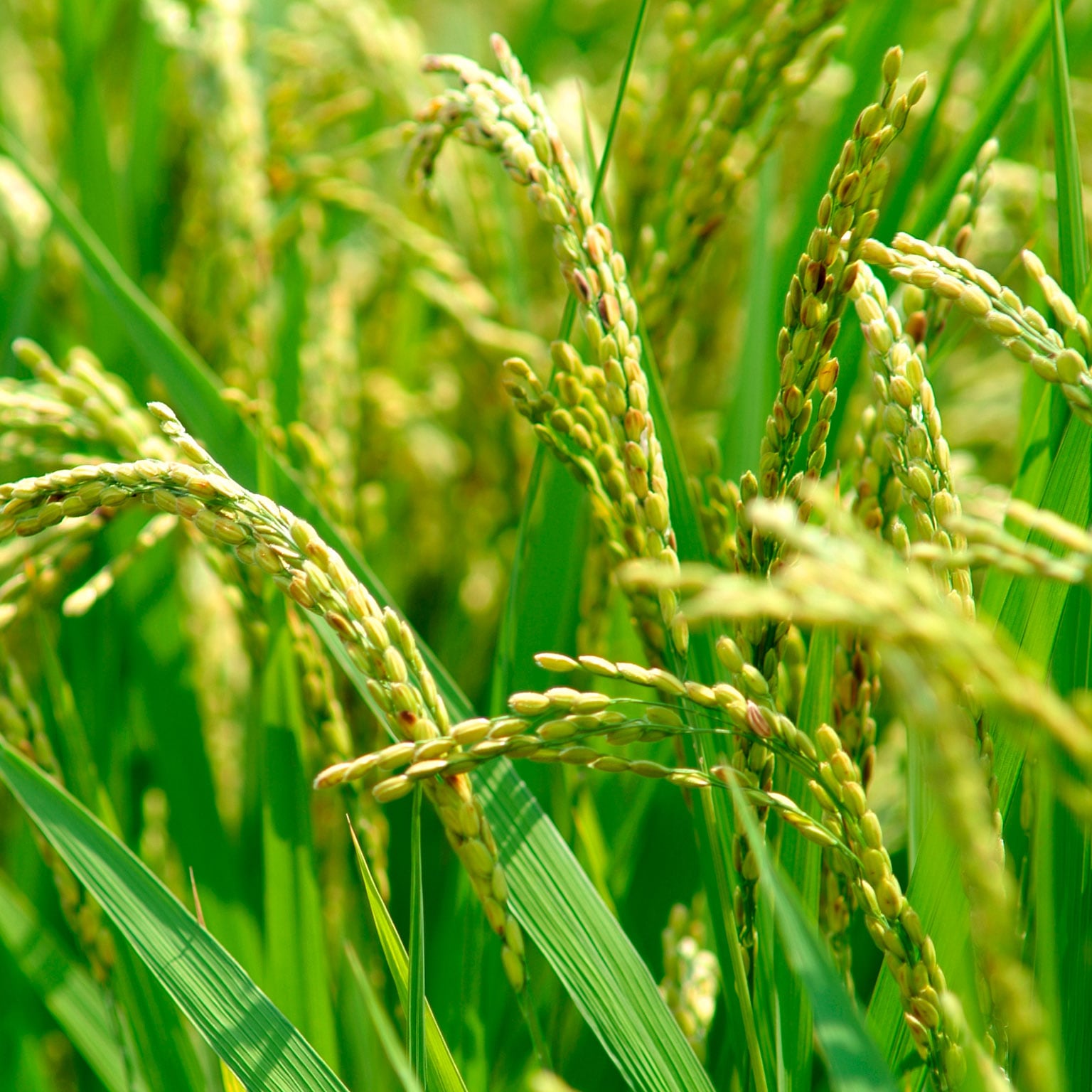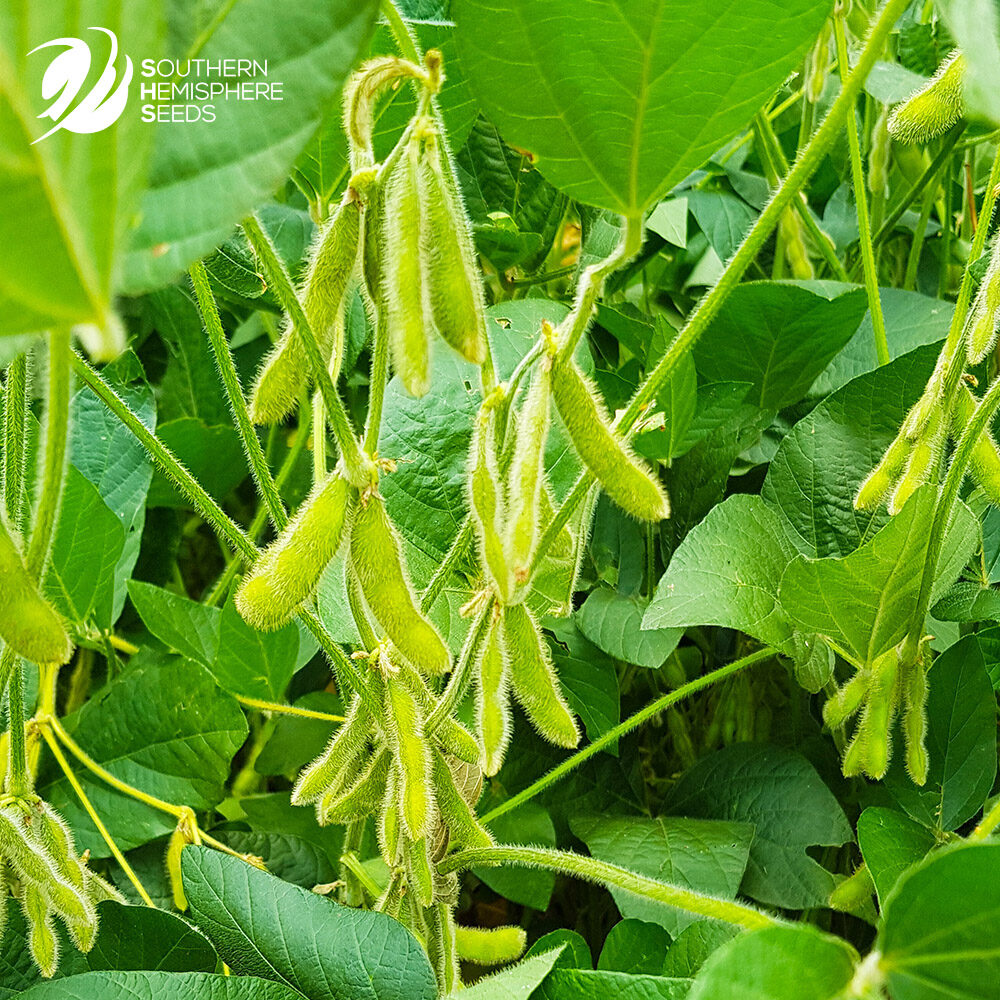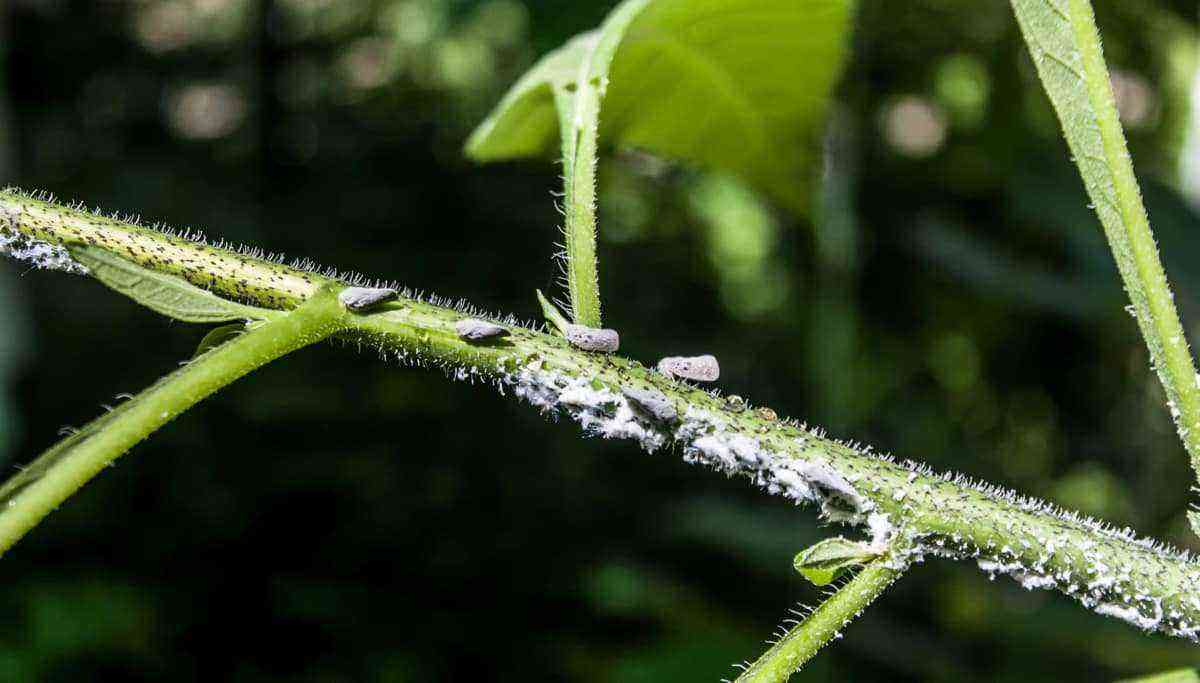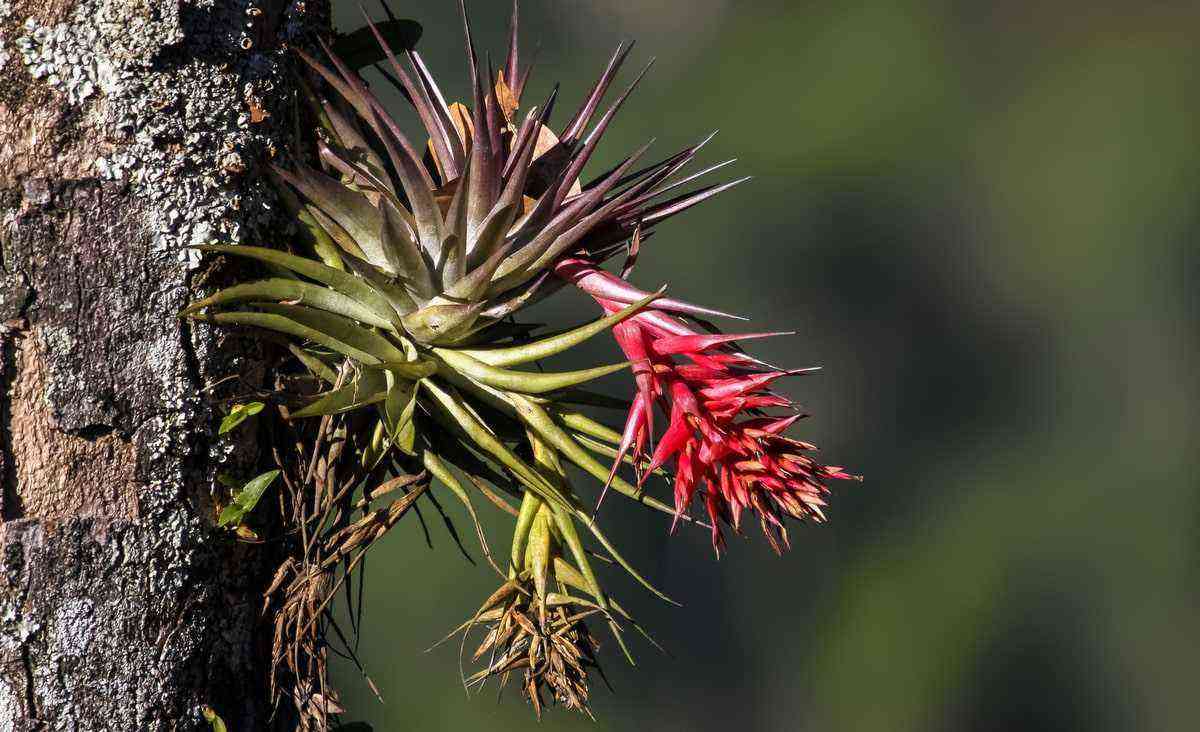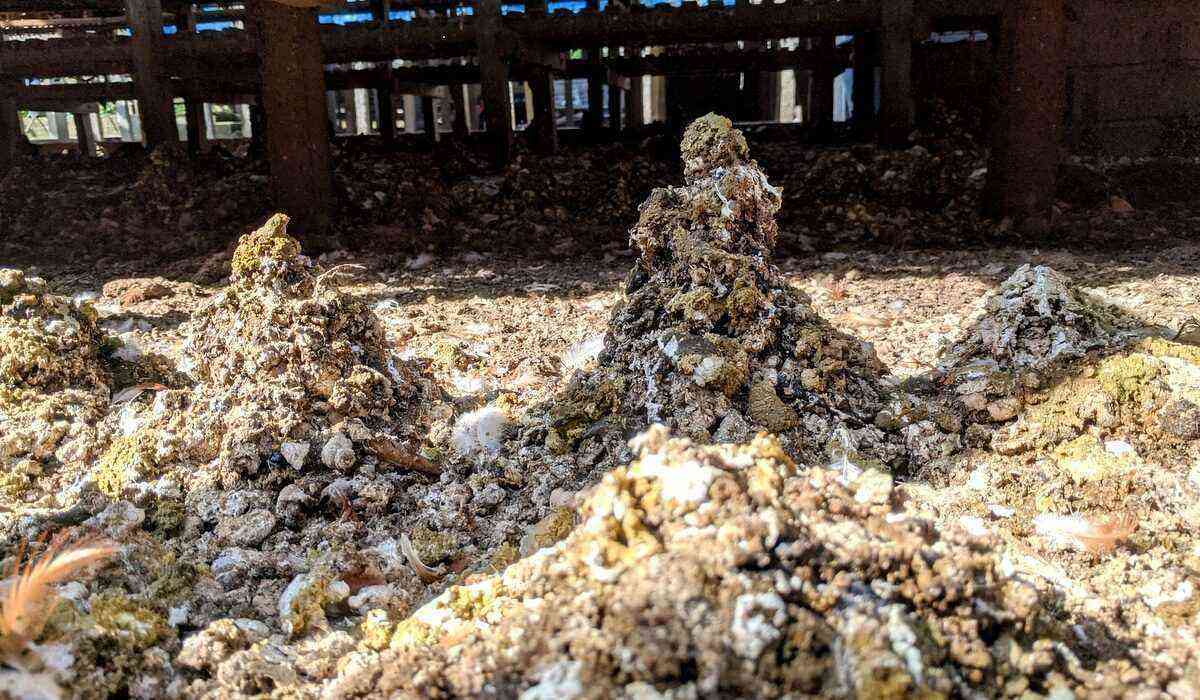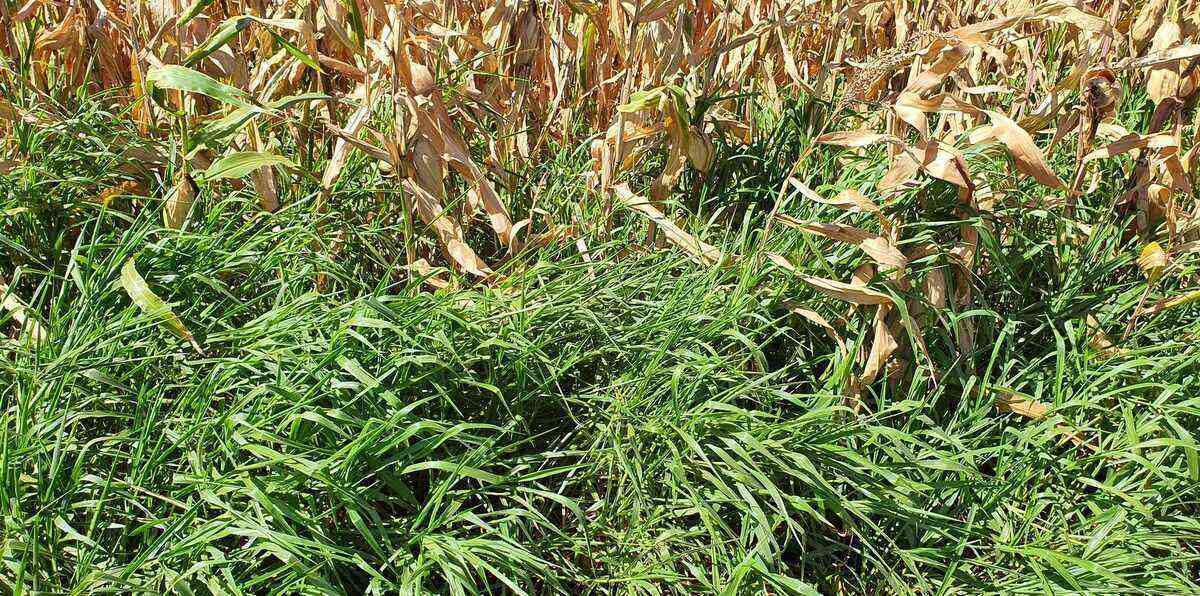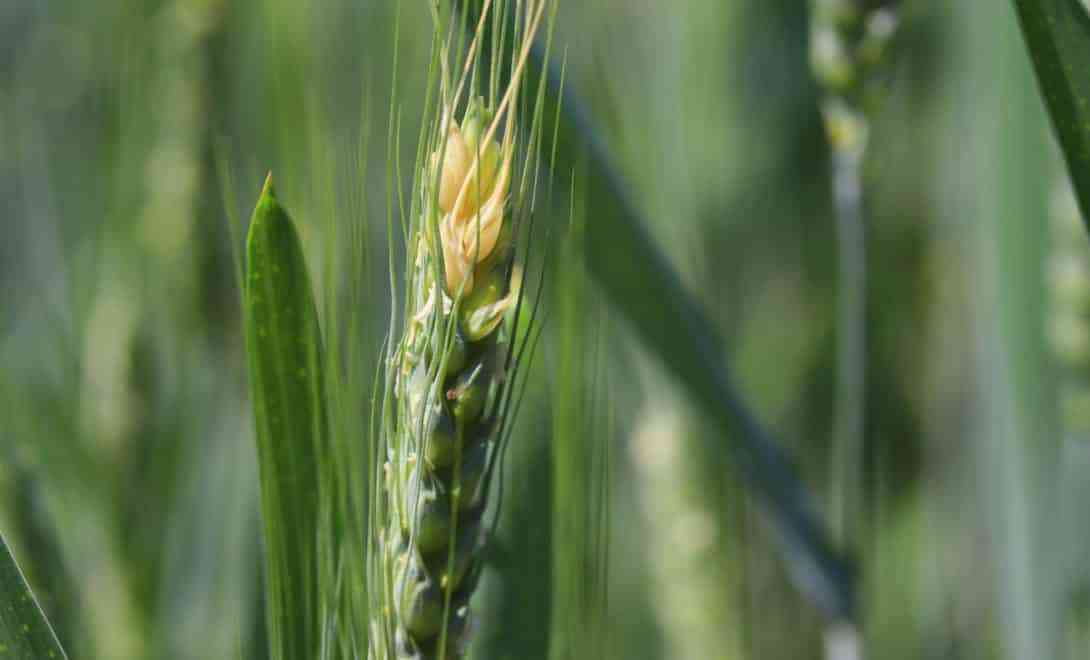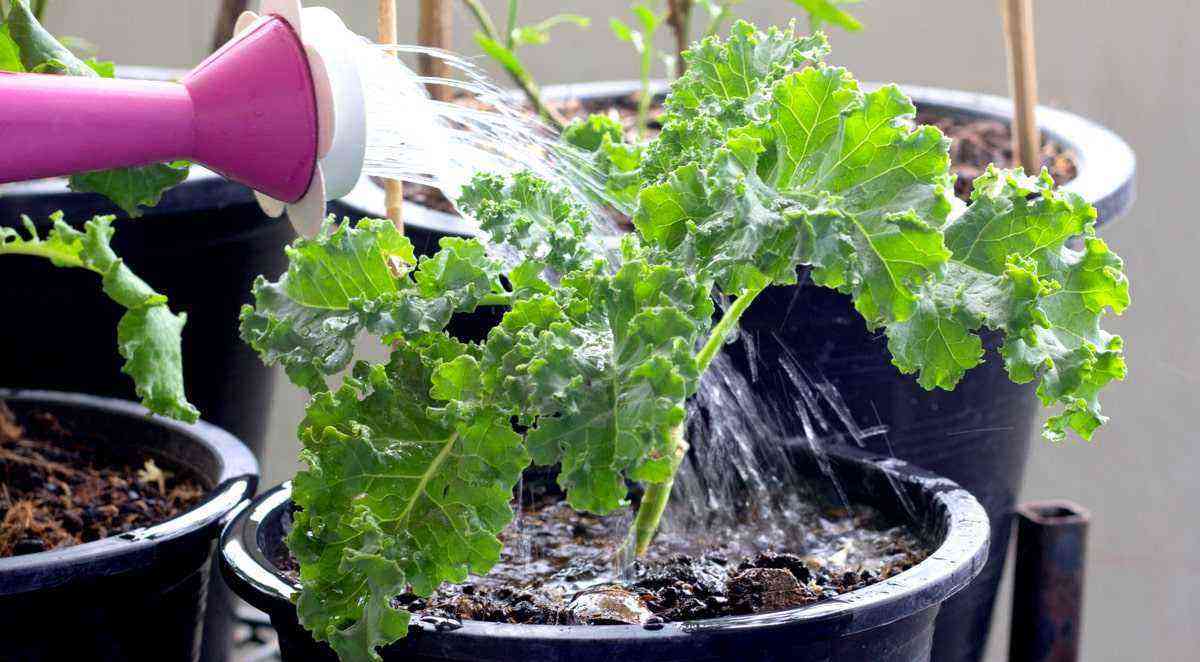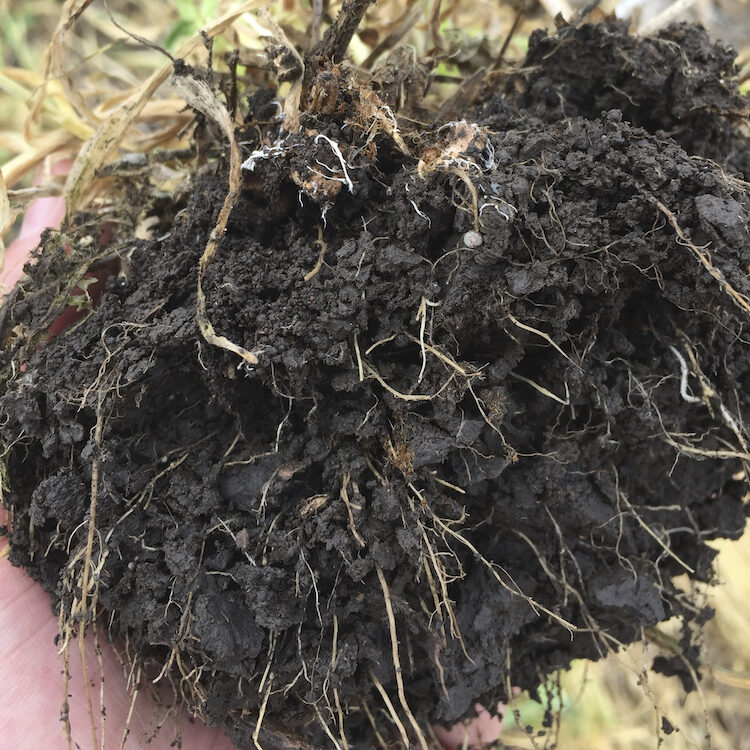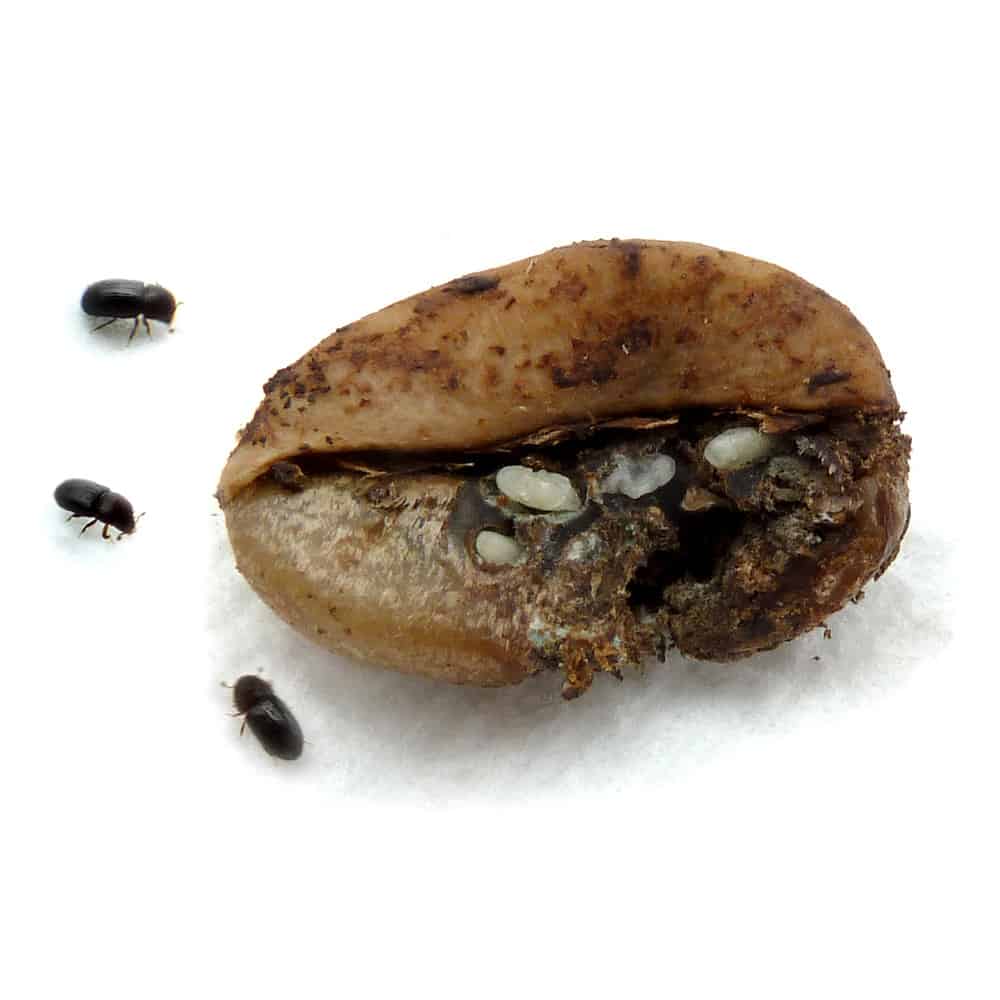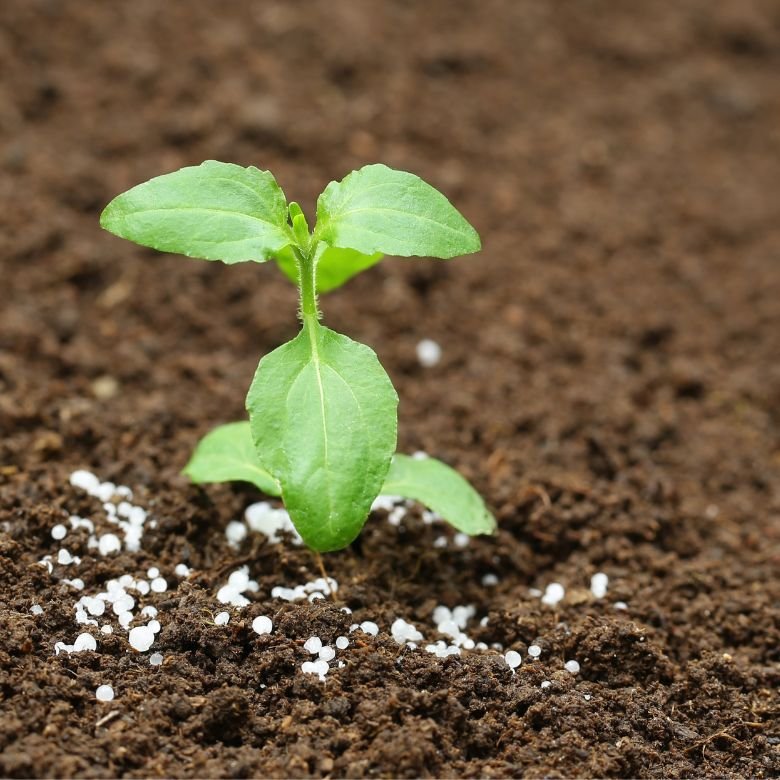Have you noticed that there are different types of basil? This aromatic herb is widely used for culinary and medicinal purposes, offering various health benefits.
Also commonly called basil, basil is a herbaceous plant belonging to the Lamiaceae family, genus Ocimum. This genus is known worldwide for its species rich in essential oils used in natural medicine.
The sources differ on the number of existing species and varieties of basil, because, due to the occurrence of cross-pollination, there is formation of several hybrids that result in subspecies, making classification difficult.
Below, we will introduce you to some of the most used types of basil and the benefits they bring to our health. Enjoy reading!
types of basil
There are dozens of types of basil that differ in sizes, colors, and even scents. The most commonly used species is Ocimum basilicum, which has several varieties. Meet some of them:
common basil
Also called sweet basil and white basil, it is the most commonly used and cultivated type in Brazil. Botanically, it is an erect and branched subshrub, 30 to 60 cm high, with bright green leaves with a strong aroma and white flowers.
 This type of basil is widely used in pasta, tomato-based sauces, pesto, salads and meats.
This type of basil is widely used in pasta, tomato-based sauces, pesto, salads and meats.
dwarf basil
Also known as baby basil, or French basil. Scientifically, his name is Ocimum basilicum variety minimum. It is a plant with smaller size and leaves than common basil, in addition to having a milder flavor.
 Because it is small, this type of basil is perfect for planting in pots.
Because it is small, this type of basil is perfect for planting in pots.
Italian basil
Italian basil, broadleaf basil, Genoese basil, basil, basil and, for being internationally known as sweet basil, can also be found as sweet basil.
This plant that goes by all these names is the most used type of basil in the world. Its leaves are large, slightly wrinkled, shiny and exude an intense aroma.
 This is the type of basil best suited for making pesto sauce. In addition, its use in the preparation of hot dishes is not recommended.
This is the type of basil best suited for making pesto sauce. In addition, its use in the preparation of hot dishes is not recommended.
Purple basil
scientific name Ocimum basilicum variety pupuraceus ou purpurascens, this type of basil attracts attention due to its strong purple leaves. Depending on the variety, the leaves can turn a little green if exposed to too much sun. It has a milder yet delicious flavor.
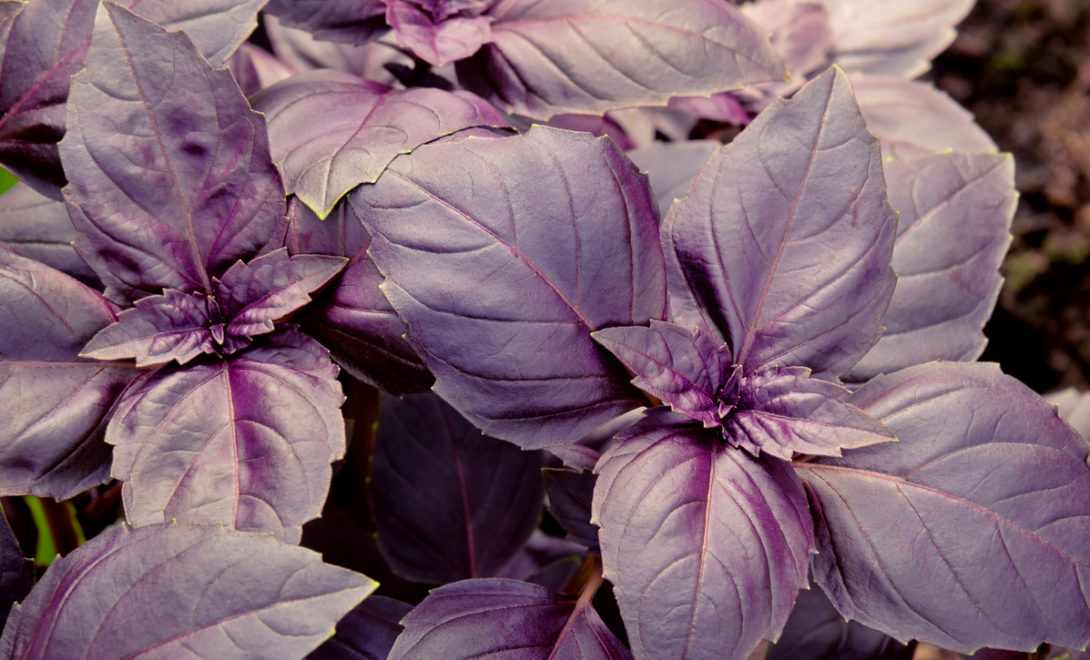 Purple basil goes well in sauces and roasts, as well as serving as a garnish for many dishes.
Purple basil goes well in sauces and roasts, as well as serving as a garnish for many dishes.
thai basil
This type of basil looks like regular basil, but its branches are a little purplish. Also called Thai basil, its scientific name is Ocimum basilicum Horapha variety. It is very difficult to find in Brazil, it has an aniseed flavor and is spicy.
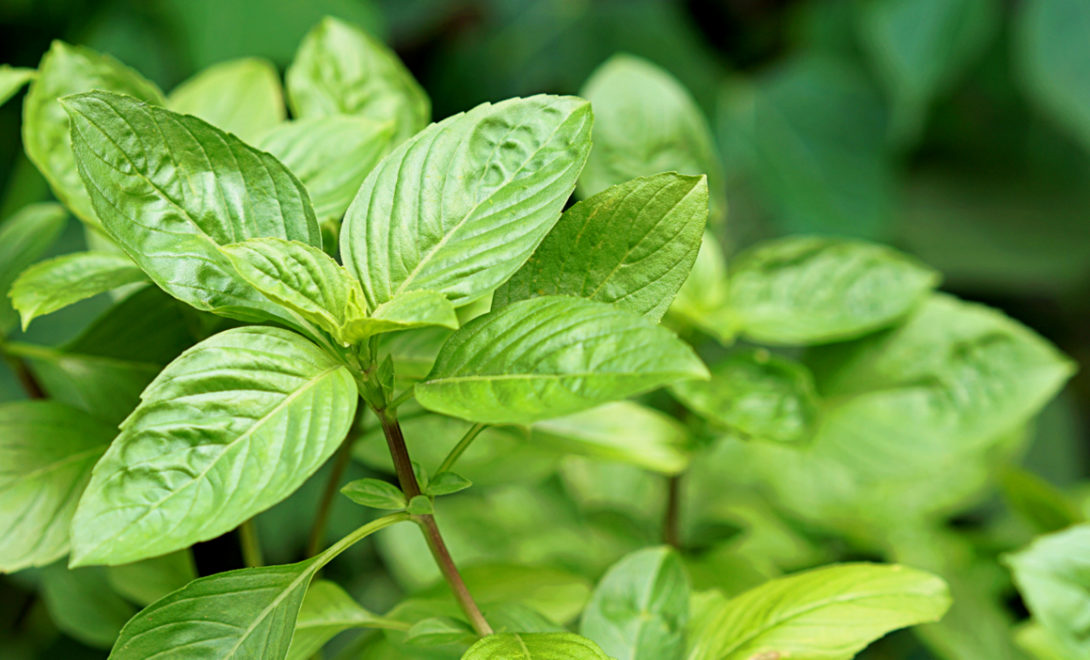 This type of basil is widely used in Asian cuisine.
This type of basil is widely used in Asian cuisine.
See also: Sweet grape tomato: learn more about this vegetable.
Basil benefits
Basil is rich in essential oils that bring numerous benefits to our health. Linalool, geraniol and eugenol are present in greater amounts. In addition, it also contains flavonoids, tannins and saponins.
Eugenol helps treat high blood pressure by relaxing blood vessels. It also benefits from the action of tannins, saponins and flavonoids, which are antioxidants and fight free radicals that damage arteries, in addition to helping to lower bad cholesterol.
Geraniol and linalool act on the central nervous system, and may be beneficial for depression, anxiety and insomnia. In addition, along with menthol, they also have relaxing and anesthetic properties.
Basil is also high in ursolic acid, which aids digestion because of its antioxidant and anti-inflammatory effects that protect the liver.
In addition, basil has antimicrobial properties, helping to treat canker sores, gingivitis and tonsillitis. It also contributes to the treatment of colds and flu because of its antioxidant functions, which help to relax the lungs, relieve coughing and improve breathing.
Finally, it also has anti-spasmodic and carminative properties, helping to relieve colic and excess gas.
So, were you interested in consuming more of this aromatic herb? Access the post on how to plant basil and learn the step-by-step guide to always have this fresh seasoning at your disposal!


